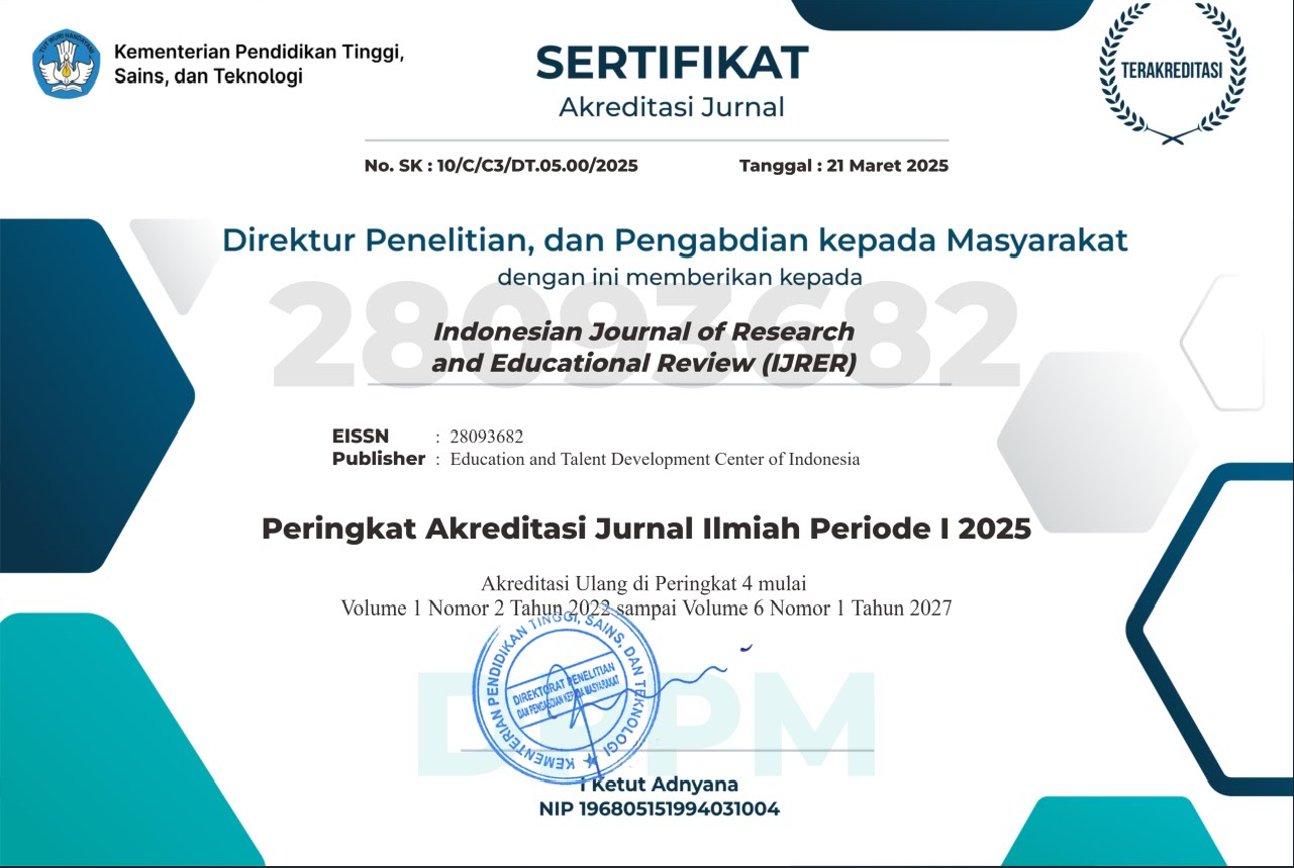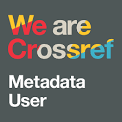The Role of Google Form As An Assessment Tool in ELT: Critical Review of The Literature
DOI:
https://doi.org/10.51574/ijrer.v1i1.49Keywords:
Assessment online tool, English Language Teaching, Google FormAbstract
This article aim to provide an understanding to all readers that it is necessary to know the development of assessment tool in English Language Teaching (ELT), especially in the case of using of google classroom in the current year of covid-19 pandemic. It presents the advantages of google form, the ways to upset google form and the empirical studis on google form as an assessment tool in ELT. This article is made in the form of a study of documents and literatures whose understanding of knowledge is used as an analysis. In view of this, the Indonesian teachers should be carefully designed the worksheet in google form, so it can be function to do assessment. However, it should not use completly to replace the traditional methods.
References
Agung, B., Syaefulloh, S., Ridwan, I. M., Mamun, A. M. H., Sumpena, D., & Yulianti Zakiah, Q. (2018). Google Form-Based Learning Assessment. Advances in Social Science, Education and Humanities Research, 253, 529-531.
Batubara, H. H. (2016). Penggunaan google form sebagai alat penilaian kinerja dosen di Prodi PGMI Uniska Muhammad Arsyad Al Banjari. Al-Bidayah: Jurnal Pendidikan Dasar Islam, 8(1). https://doi.org/10.14421/al-bidayah.v8i1.91
Djenno, M., Insua, G. M., & Pho, A. (2015). From paper to pixels: Using Google Forms for collaboration and assessment. Library Hi Tech News, 32(4), 9–13. https://doi.org/10.1108/LHTN-12-2014-0105
Fatria, F. (2017). Penerapan Media Pembelajaran Google Drive dalam Pembelajaran Bahasa Indonesia. Jurnal Penelitian Pendidikan Bahasa dan Sastra, 2(1), 138-144. https://doi.org/10.32696/ojs.v2i1.158
Fauzi. (2014). Penggunaan Google Form Sebagai Alat Evaluasi Pembelajaran Pada Mata Pelajaran Bahasa Indonesia : Studi Deskriptif Analitis Pada Kelas Viii Di Sekolah Menengah Pertama Negeri 1 Lembang. Jan 2014 a thesis.
Haddad, R. J., & Kalaani, Y. (2014, June). Google forms: A real-Time formative feedback process for adaptive learning. In 2014 ASEE Annual Conference & Exposition (pp. 24-649).
Hosseini. (2014). How to Write a Critical Review Article?. ResearchGate
Mallett, S. (2004). Understanding home: a critical review of the literature. The sociological review, 52(1), 62-89. https://doi.org/10.1111/j.1467-954X.2004.00442.x
Nilson, L. B., & Goodson, L. A. (2021). Online teaching at its best: Merging instructional design with teaching and learning research. John Wiley & Sons.
Simanjuntak, B., & Limbong, T. (2018). Using Google form for student worksheet as learning media. International Journal of Engineering & Technology, 7(3.4), 321-324. https://osf.io/preprints/inarxiv/u49y6/
Vasantha Raju, N., & Harinarayana, N. S. (2016). Online survey tools: A case study of Google Forms. In National Conference on Scientific, Computational & Information Research Trends in Engineering, GSSS-IETW, Mysore.
Rahardja, U., Lutfiani, N., & Alpansuri, M. S. (2018). Pemanfaatan Google Formulir Sebagai Sistem Pendaftaran Anggota Pada Website Aptisi. or. id. SISFOTENIKA, 8(2), 128-139. http://dx.doi.org/10.30700/jst.v8i2.401
Sari, A. B. P., Iswahyuni, D., Rejeki, S., & Sutanto, S. (2020). GOOGLE FORMS AS AN EFL ASSESSMENT TOOL: POSITIVE FEATURES AND LIMITATIONS. Premise: Journal of English Education and Applied Linguistics, 9(2), 231-250.
Scheef, A. R., & Johnson, C. (2017). The power of the cloud: Google Forms for transition assessment. Career Development and Transition for Exceptional Individuals, 40(4), 250-255. https://doi.org/10.1177/2165143417700844
Sheret, L., & Steele, J. A. (2013). Information literacy assessment: Keep it simple, keep it going. Reference & User Services Quarterly, 52(3). 208-15. http://rusa.metapress.com/content/g025353lh331v666/
Thohir, M., & Muslimah, K. C. (2020). Evaluation of Arabic Learning Outcomes using Google Form during School Quarantine due to Covid-19 Pandemic. Evaluation, 4(1), 12-22.
Thuận, P. Đ. (2018). Google Classroom and Google Forms in the EFL Classroom. Extended Summaries, 58.
Wiemken, T. L., Furmanek, S. P., Mattingly, W. A., Haas, J., Ramirez, J. A., & Carrico, R. M. (2018). Googling your hand hygiene data: Using Google Forms, Google Sheets, and R to collect and automate analysis of hand hygiene compliance monitoring. American journal of infection control, 46(6), 617-619. https://doi.org/10.1016/j.ajic.2018.01.010
Wiliam, D. (2013). Assessment: The bridge between teaching and learning. Voices from the Middle, 21(2), 15.









1.png)













